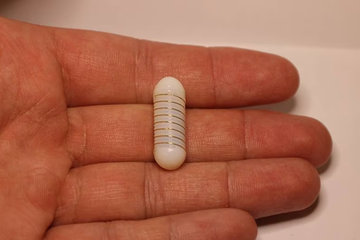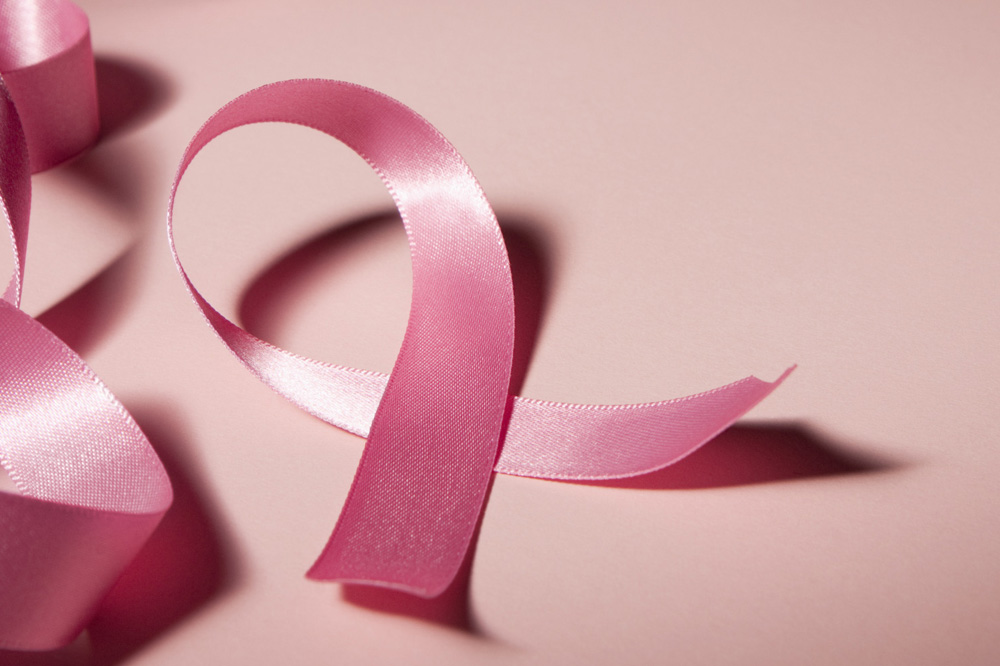
Arising from a single cell, cancer in simple terms is the transformation of a normal cell into an abnormal cell that grows beyond its usual boundaries. It then invades adjoining parts of the body, spreading to other organs, typically progressing gradually over four stages.
The Numbers Call for Caution
With just five to 10 percent of breast cancers thought to be hereditary, the causes of breast cancer are still relatively unknown, which makes it an even more dangerous disease as breast cancer, and most cancers for that matter, is generally indiscriminate. The average woman in the United States has about a 1 in 8, or 12.3 percent risk of developing breast cancer in her lifetime. Those are scary statistics, which is why it is so incredibly important for women to look after themselves. It is advisable to get checked by a doctor and through self-examination, not just during the October’s Breast Cancer Awareness Month, but throughout the year too.

The Importance of a Monthly Examination
As 40 percent of diagnosed breast cancers are detected by women who feel a lump themselves, the importance of a monthly self-examination cannot be more highly stressed. These routine check-ups will allow you to more easily identify any changes in your breast. It is extremely important to discuss these changes or anything else that could be considered unusual, with your doctor as soon as possible. Studies show that with a breast self-examination helping to detect any abnormalities at a potentially early stage, it can positively affect your survival rate, helping you to overcome this ruthless disease.
Breast Self-Examinations Can Be Conducted In Three Ways:
1- In the shower. Using the pads of your fingers, move around your entire breast in a circular pattern. Moving from the outside to the centre, checking the entire breast and armpit area for any lumps, thickening or hardened knots.
2- In front of a mirror. Visually inspect your breasts with your arms at your sides. Next, raise your arms high overhead and look for any changes in the contour, any swelling or dimpling of the skin or changes in the appearance of the nipples. Finally, rest your palms on your hips and press firmly to flex your chest muscles, looking for any dimpling, puckering or irregularities, particularly on one side.
3- Lying down. Lying down allows the breast tissue to spread out evenly along the chest wall. Place a pillow under your right shoulder and put your right arm behind your head. Using your left hand, move the pads of your fingers around your right breast gently, in small circular motions, covering the entire breast and armpit area. Use light, medium and firm pressures to be able to feel into the various layers of the breast. Squeeze the nipple checking for a discharge or any lumps. Repeat on your left hand side.
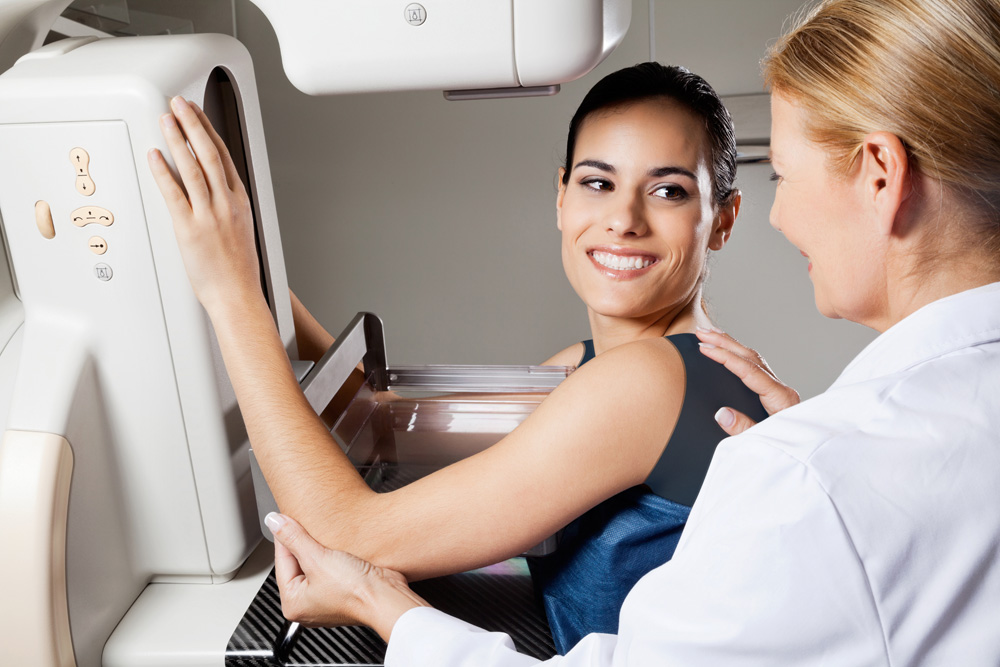
It is important to schedule an appointment with your doctor as soon as possible and try not to panic, eight out of 10 lumps are not cancerous. Early detection can help to save your life though and we have listed some abnormalities you need to look out for during your breast self-examination:
- The most obvious symptom of breast cancer is finding a lump. While all lumps should be investigated by a doctor, it is important for you to remember they are not all malignant.
- Extreme nipple tenderness or an increased thickening in or near the breast
- A change in skin texture or an enlargement of pores should be checked out. Many women describe this texture as similar to that of an orange peel.
- Unusual dimpling anywhere on the breast
- When the skin of the breast, areola or nipple is red, scaly, swollen or develops ridges
- Recent asymmetry (drastically different sizes) of the breasts. Although it is common for women to have one breast that is slightly larger than the other, if this is a recent occurrence, it should be checked.
- Unexplained swelling or shrinkage of the breast, particularly on just one side
- Any sort of discharge, particularly a clear or bloody discharge, needs to be checked by a doctor.
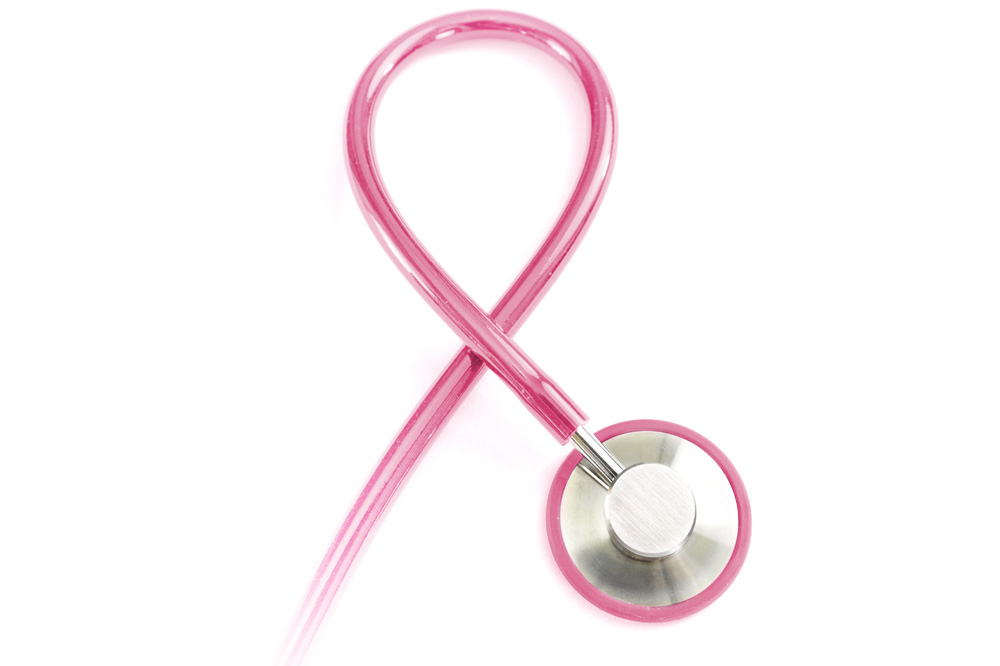
Scheduling Mammograms
While self-examination is extremely important, mammograms can detect tumours before they can be felt and the two examinations should work hand-in-hand with one another. Women from the age of 40 years old should schedule regular mammograms, at least every one or two years. Plus, women who are younger than 40 and have high risk factors for breast cancer should discuss with their doctors whether a mammogram is advisable for them, and if so, how often.

How Music Therapy Can Help Cancer Patients
More studies are showing that music has great potential as a tool to promote healing and alleviate symptoms associated with conditions that include cancer, depression and insomnia, as well as helping with pain management.
According to information published by the Cancer Research UK, people with cancer use music therapy to help them cope with the side effects of the disease. The cancer foundation refers to a Turkish study carried out in 2013, which examined the use of music therapy and guided visual imagery for 40 people who suffered from symptoms of anxiety, nausea and vomiting due to chemotherapy. The results showed the patients’ anxiety levels dropped considerably and they also had less frequent and less severe nausea and vomiting.
Additionally, a meta-analysis of 400 studies carried out by American psychologist Daniel J. Levitin and researcher Mona Lisa Chanda found music improves the body’s immune system function and reduces stress. Listening to music was also found to be more effective than prescription drugs in reducing anxiety before surgery.
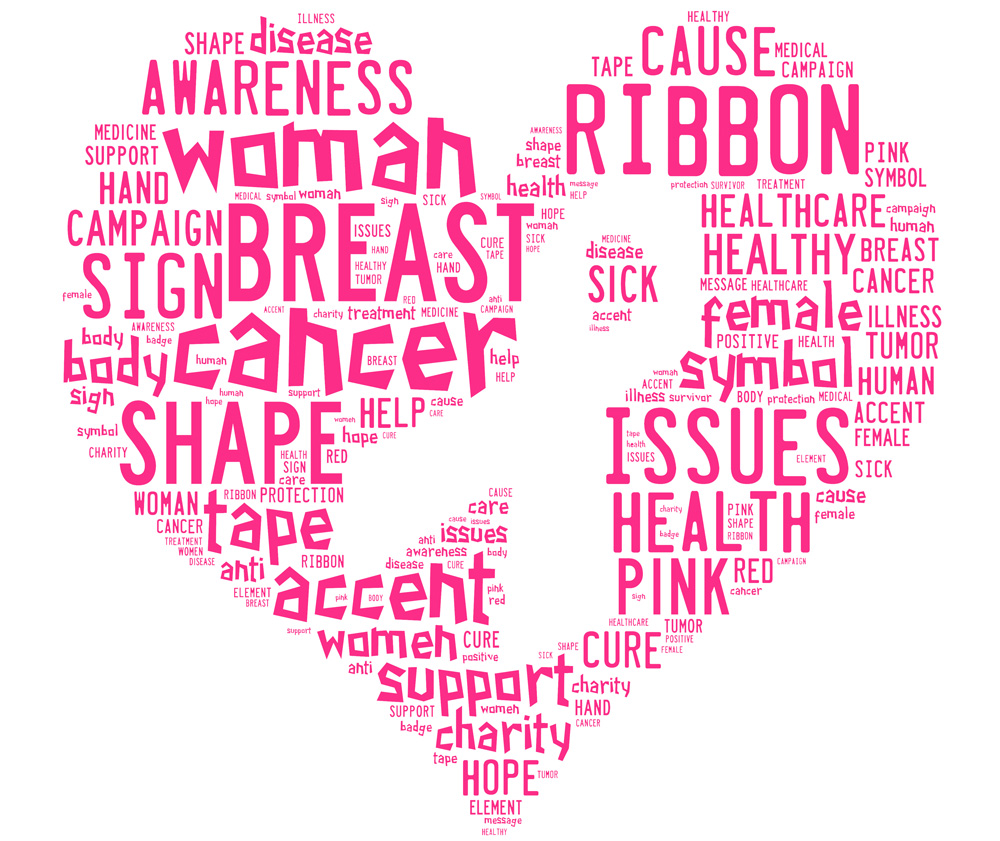
“Music therapy can improve medical outcomes and quality of life in a variety of ways. Many of us know how calming and relaxing it can be to listen to a favourite piece of music or a song. In fact, some doctors even listen to music during surgery to improve their focus. Music cannot prevent or treat a disease, but it can definitely have an impact on how people cope with pain, insomnia and depression and other significant symptoms experienced in more serious conditions, including cancer,’” Dr Arun Kumar Sharma, Specialist Neurologist at Medeor 24x7 Hospital, Dubai, said.





